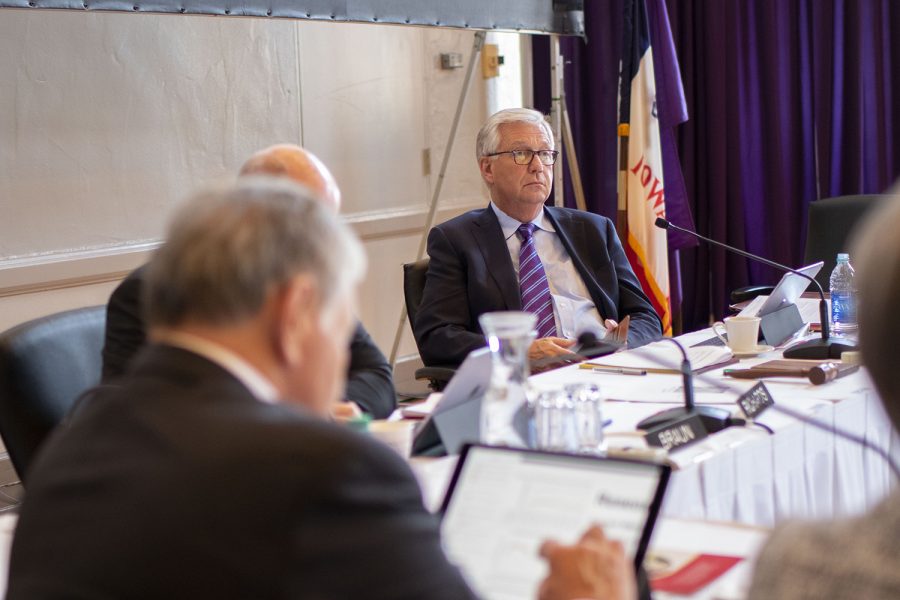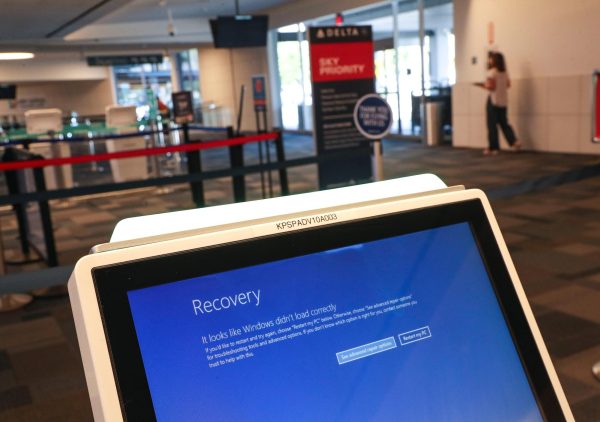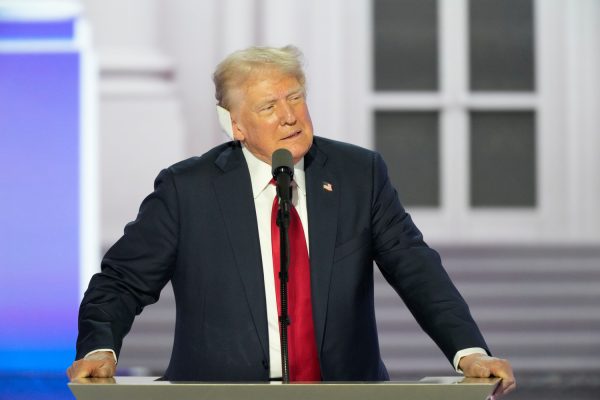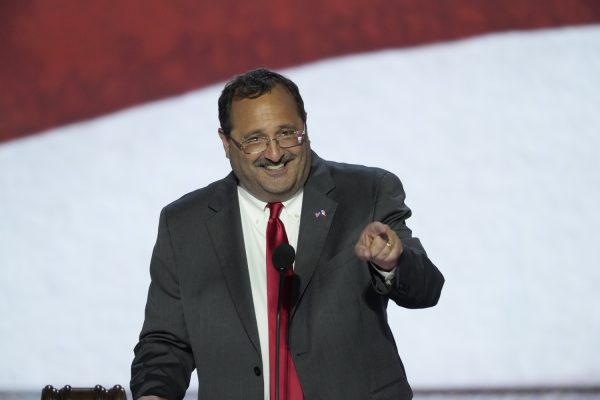Iowa regents’ funding request ditches financial-aid focus for fiscal 2021
While the state Board of Regents’ fiscal 2021 appropriations proposal includes financial aid, the requested funding increase would more broadly support “student-success initiatives.”
Regent President Mike Richards listens during the state Board of Regents meeting at the University of Northern Iowa in Cedar Falls on Friday, November 15, 2018.
September 10, 2019
After the state Board of Regents in two consecutive annual appropriations requests asked Iowa lawmakers to dedicate additional support to student financial aid, the regents’ fiscal 2021 funding request unveiled Tuesday ditches that stipulation.
While the regents do not ask lawmakers to sign off on appropriations to support financial aid specifically in the proposal, regent communications director Josh Lehman wrote in an email to The Daily Iowan that “the increase in funding is requested for student-success initiatives, which includes financial aid.”
“Student success also includes efforts to shorten time to graduation, provide academic intervention for students who may be struggling, close retention and graduation achievement gaps for underrepresented and first-generation student populations, academic-advising efforts, implement technology upgrades, and other priorities,” he said.
The regents will take up the proposal to ask the state for $642.4 million — a boost of $18 million to the three public universities’ general funds — at their Sept. 18 and 19 meeting in Council Bluffs for the budget year that starts July 1, 2020. The regents are asking for $7 million each for the UI and Iowa State University, and $4 million for the University of Northern Iowa.
Iowa lawmakers in the spring legislative session gave the regents less money than the governing board requested for its three universities’ fiscal 2020 budgets, providing an additional $12 million in state appropriations — $6 million less than the regents asked for. The appropriations bill lawmakers passed did not require the funds go toward financial aid.
RELATED: Iowa regent universities to evenly split $12 million in state support
That bump in state funding does not make up for the approximately $35 million lawmakers trimmed from the universities’ budgets in two fiscal years.
“This state is disinvesting, even this year in my book, from public higher education,” UI President Bruce Harreld said of the fiscal 2020 appropriations increase in a May DI interview. “It’s a shame.”
To compensate for the dwindling share of state support as a revenue source, Harreld has advocated for tuition hikes and has said the UI will offer more financial aid to offset students’ increasing educational costs.
The regents have also highlighted the state of Iowa’s ranking as the last in the U.S. for providing students with state-awarded, need-based aid — a standing they hoped to change in part by asking the state to support financial aid in appropriations requests.
RELATED: Iowa regent universities using financial aid to offset rising tuition
In light of less state support, Harreld has argued that more tuition revenue gives the UI resources to stay competitive with its peer institutions. The UI considers 10 universities to be part of its peer group — a set of similar universities that the UI looks to as a benchmark to evaluate its performance.
Harreld has touted the UI’s standings U.S. News and World Report rankings in his calls for more revenue, pointing to universities such as the University of North Carolina – Chapel Hill that receive more state support and have better graduation and retention rates as an example of what the UI could achieve with more funding.
The UI on Monday announced that it inched up four spots in the rankings of national public universities to No. 34.
RELATED: University of Iowa rises in U.S. News rankings
Its rank of financial-resources — which only considers general-fund expenditures and excludes areas such as athletics, hospitals, and residence-hall systems — fell four spots to No. 83. The metric indicates the variety of programs and surfaces an institution offers, measuring spending per student on instruction, research, student services, and more.
Harreld said in May that tuition rates had to rise, but in a predictable way so the costs don’t take “huge bites out of [people’s] pocketbooks.”
“Even in a year when the governor asks for a lot for us, the Legislature slashes it and takes it down,” Harreld said, referring to the state Legislature’s appropriations bill providing the UI with less money than Gov. Kim Reynolds recommended in her fiscal 2020 budget. “So I’m thankful for whatever they do, but I don’t think our answers are going to be in the state Legislature, I really don’t. Then that leads to the nasty conversation, particularly for students and their families.”















